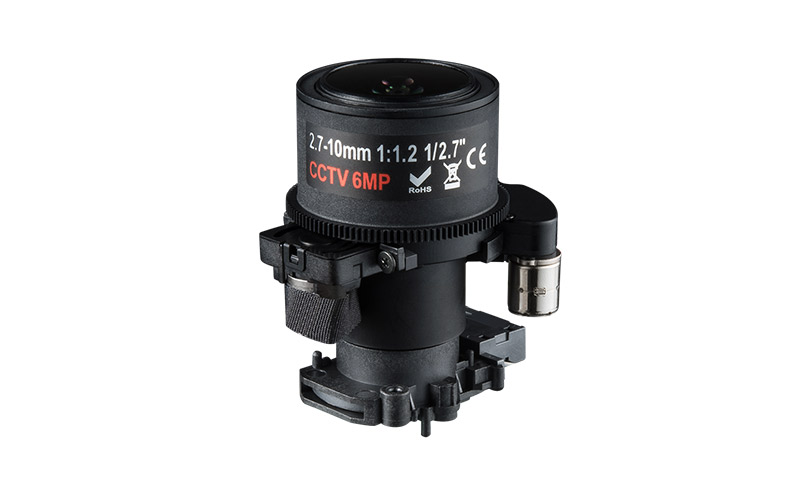Market Trends Unveiled: Using Nifty Option Chain for Analysis

The Nifty Option Chain is a powerful tool that provides insights into market sentiment and expectations. By analyzing the data within the Nifty Option Chain, traders can gain a deeper understanding of market trends, potential price movements, and the overall mood of market participants. Let’s explore how the Nifty Option Chain can be utilized for market trend analysis.
Components of the Nifty Option Chain:
Before delving into analysis, it’s essential to understand the key components of the Nifty Option Chain:
Strike Prices: The Nifty Option Chain displays a range of strike prices, representing levels at which options can be exercised. Check more on how to make demat account?
Expiration Dates: Multiple expiration dates are listed, indicating the periods during which options can be exercised.
Call and Put Options: Traders can choose between call and put options based on their market expectations. Calls are generally used for bullish bets, while puts are employed for bearish bets.
Open Interest (OI): OI represents the total number of outstanding options contracts for a specific strike price and expiration date. High OI indicates increased market interest and liquidity. Check more on how to make demat account?
Implied Volatility (IV): IV is a measure of the market’s expectations for future price volatility. High IV results in higher option premiums, while low IV leads to lower premiums.
Utilizing the Nifty Option Chain for Market Trend Analysis:
Support and Resistance Levels:
High Call OI: Elevated OI in call options at a specific strike price suggests potential resistance. Traders interpret this as an indication that the Nifty index may face difficulty surpassing that level.
High Put OI: Conversely, high OI in put options at a certain strike price implies potential support. Market participants may anticipate that the Nifty index will find buying interest near that level. Check more on how to make demat account?
Overall Market Sentiment:
Call-Put Ratios: Examining the ratio of call options to put options OI provides insights into overall market sentiment. A high call-put ratio may indicate bullish sentiment, while a low ratio could suggest bearish sentiment.
Changes in Open Interest:
Rising OI: An increase in OI, particularly in out-of-the-money options, may signal a change in market sentiment. Rising OI accompanied by price movements could indicate the initiation of a new trend. Check more on how to make demat account?
Falling OI: Conversely, a decrease in OI may suggest a loss of interest in a particular strike price and potential weakening of the trend.
Implied Volatility Changes:
Rising IV: An increase in IV often precedes periods of increased market uncertainty or significant price movements. Traders may interpret rising IV as a signal of potential changes in the trend.
Falling IV: Conversely, a decline in IV may suggest expectations of market stability and continuation of the existing trend. Check more on how to make demat account?
Straddle and Strangle Analysis:
Straddle: A significant increase in straddle prices (combined call and put premiums) may indicate expectations of heightened volatility and potential trend reversal.
Strangle: A widening of the price range between out-of-the-money call and put options may suggest expectations of increased volatility and potential shifts in the market trend.





